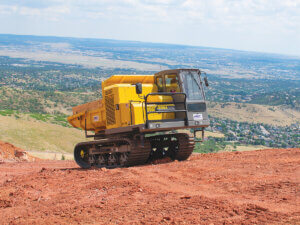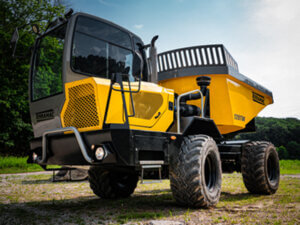Nearly 20 years ago a plan was forming to demolish the historic cottages at California’s Crystal Cove State Park and turn the area around them into a luxury resort.
“When citizens found out what was in the works, there was a pretty amazing uprising and they got it stopped,” recalled Dan Gee, President of Crystal Cove Management Company. “It was the beginning of our organization, which is a wholly owned subsidiary of Crystal Cove Conservancy. Both Crystal Cove Conservancy and Crystal Cove Management Company have agreements with California State Parks, which provide for a unique arrangement to not only maintain but also improve and preserve the park.”
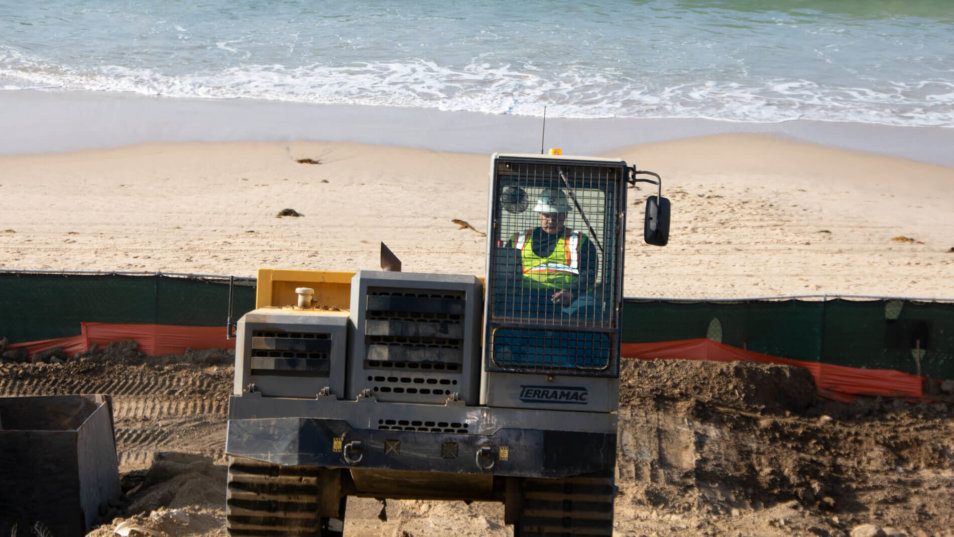
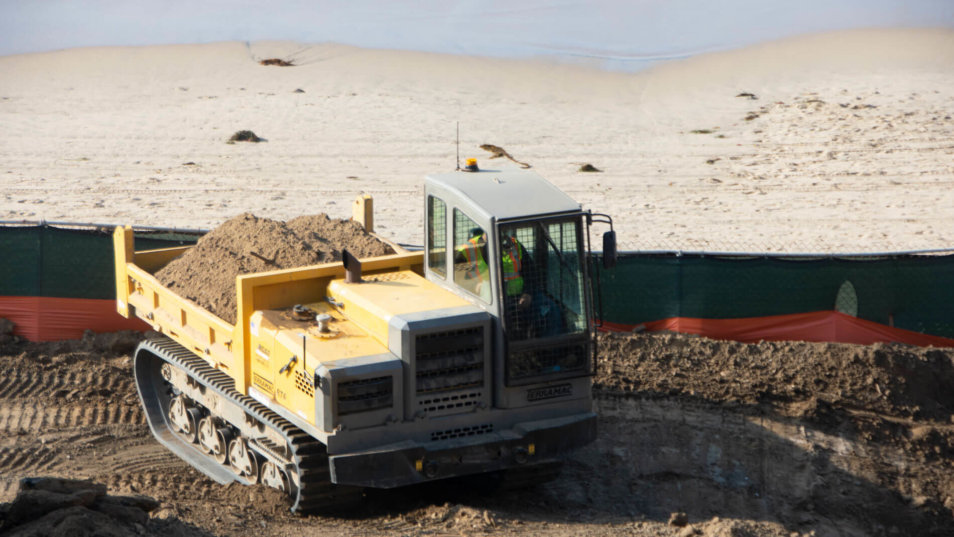
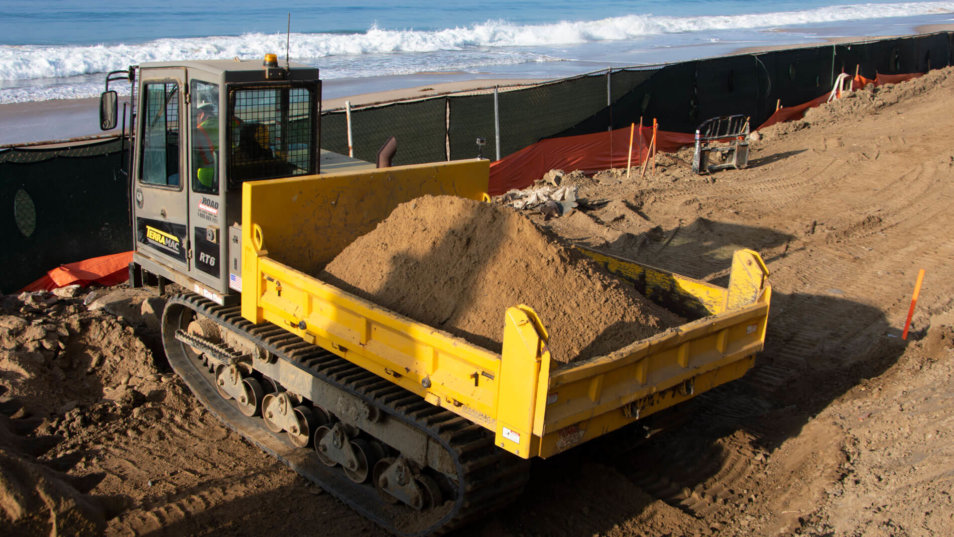
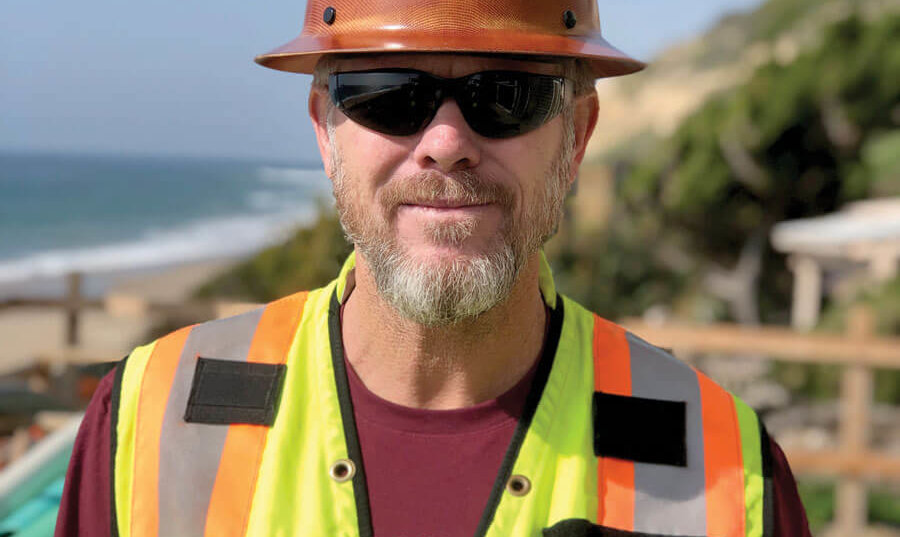
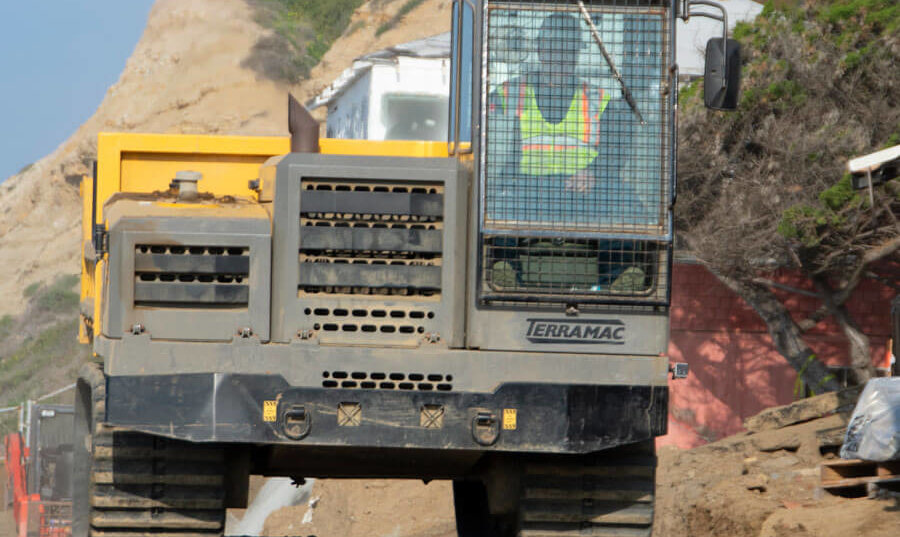
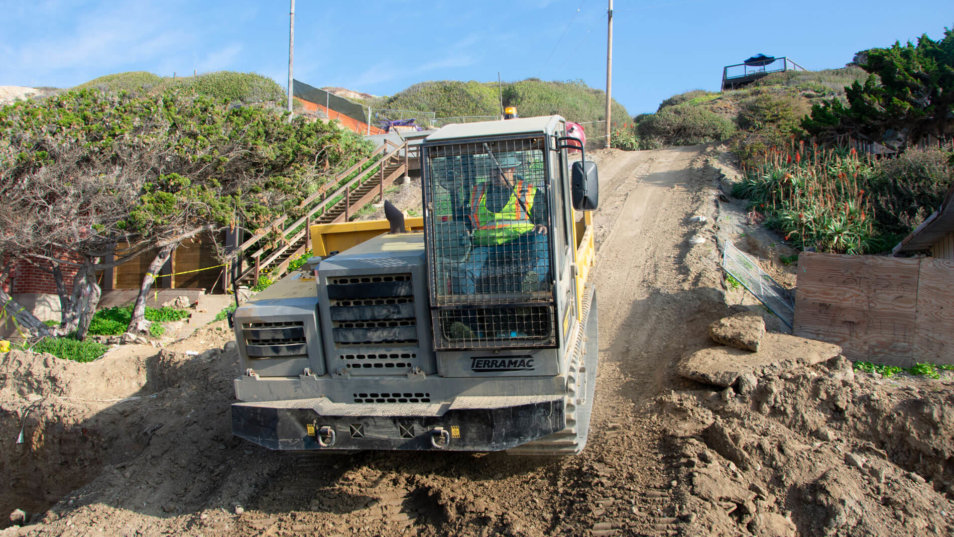
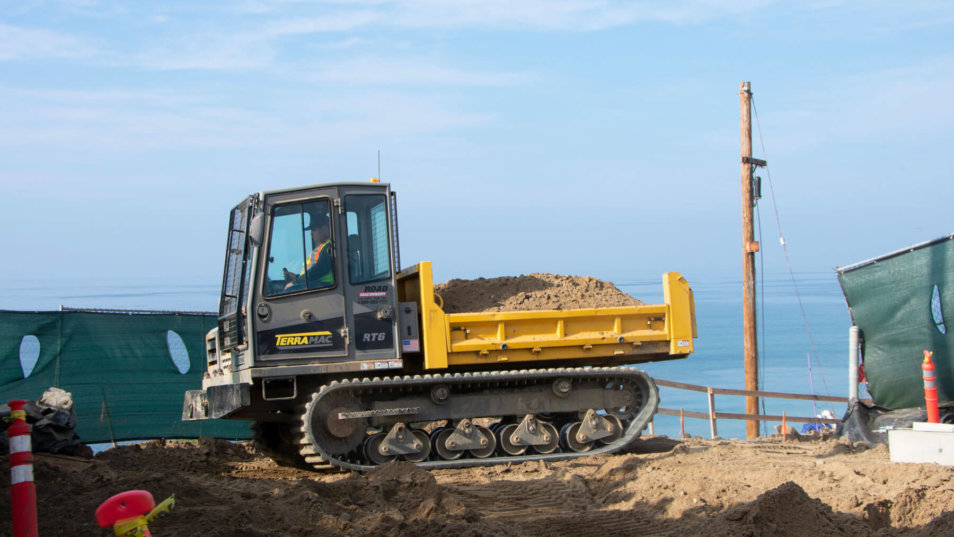

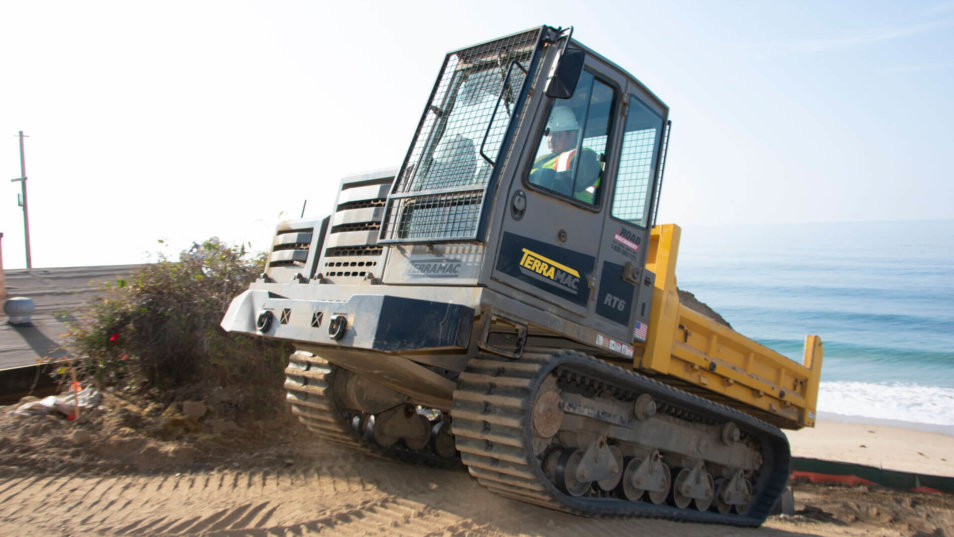
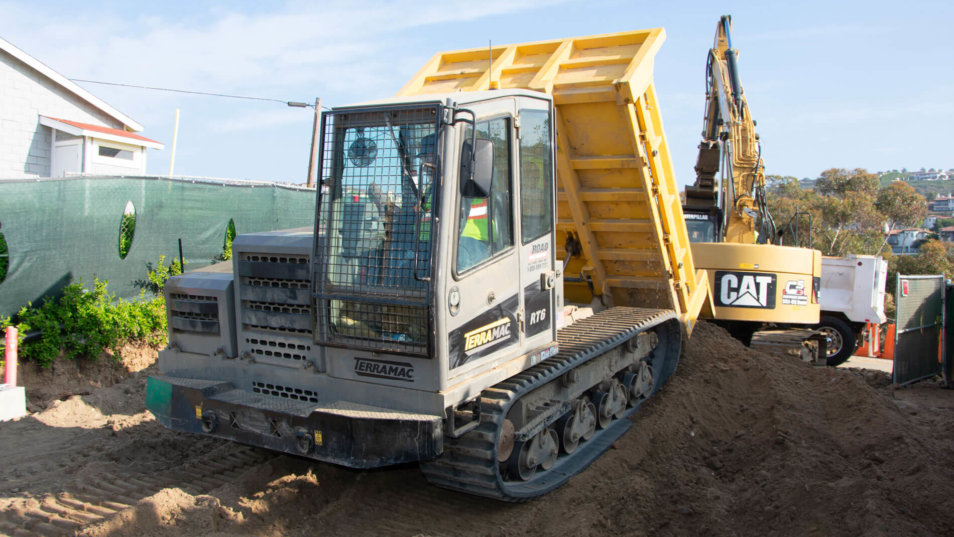
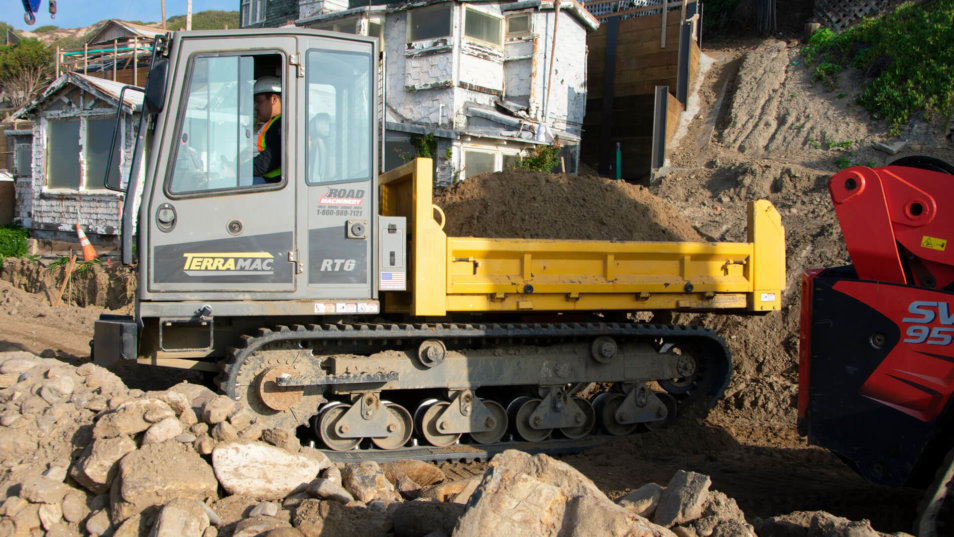
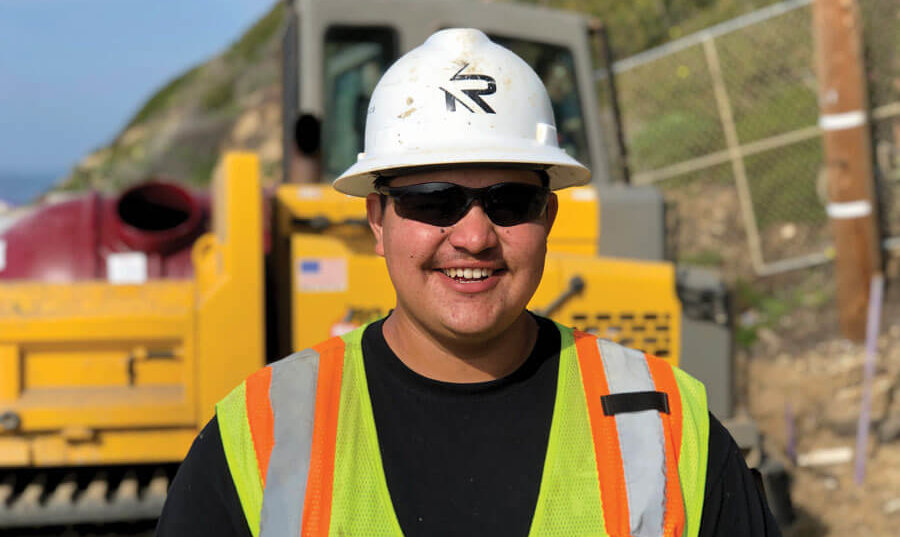
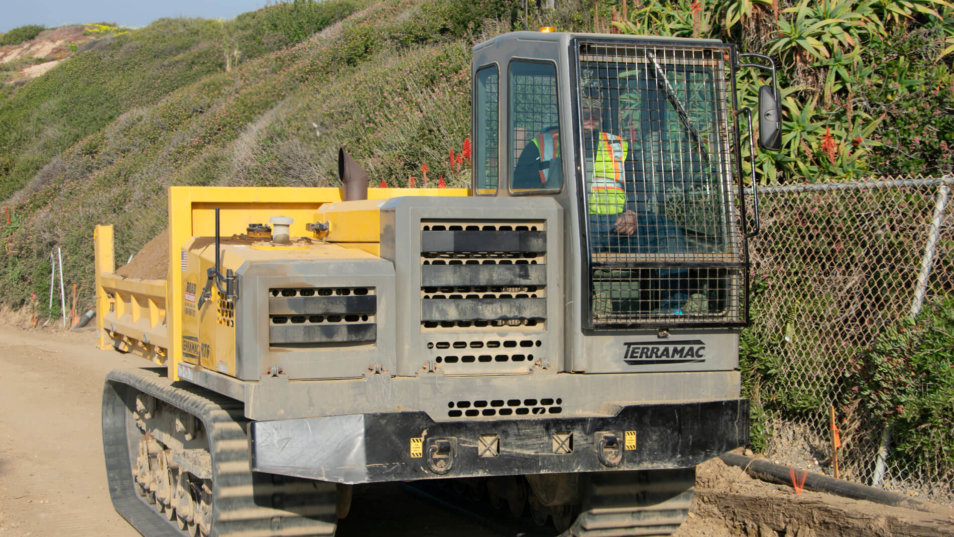
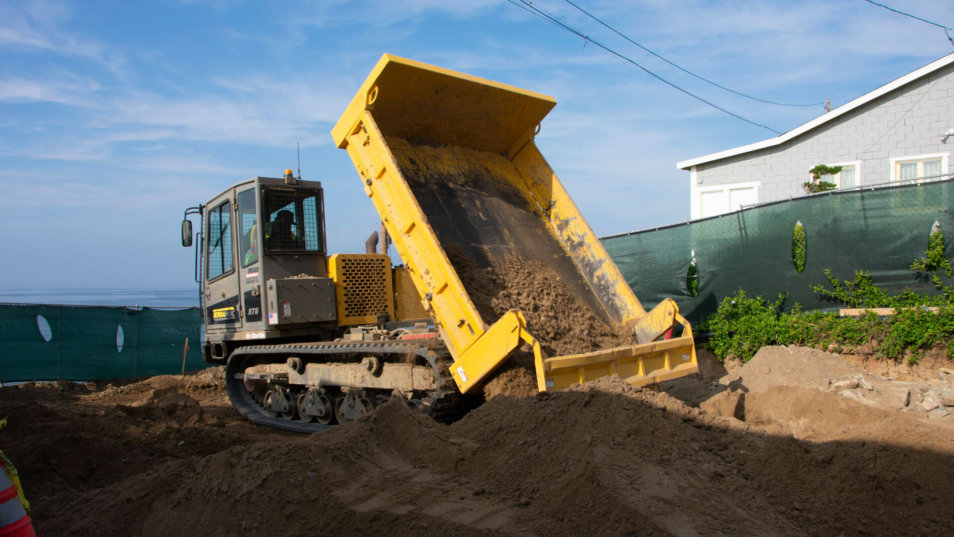
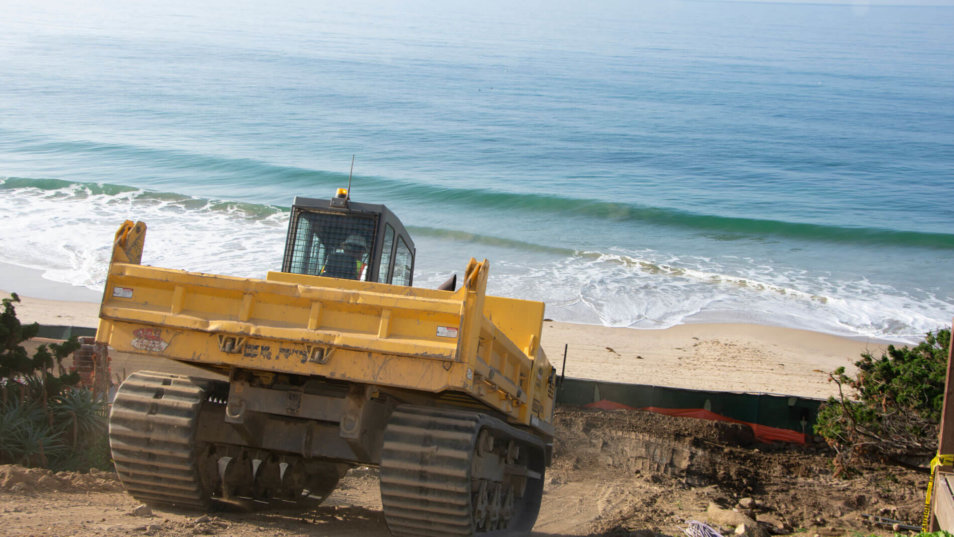
The cottages were originally built in the 1920s and 30s and are located on a bluff overlooking the Pacific Ocean between Laguna Beach and Newport Beach. Time, weather, ocean air and the bluff pushing against them have all taken a toll on the structures.
Efforts to refurbish the cottages have been nearly constant during the past two decades. Two phases are complete, with 24 units now available for rent.
“Through the years we have evolved into a social enterprise,” said Gee. “Crystal Cove Management rents the cottages and operates two on-site restaurants. All surplus funds are invested into maintenance, preservation and educational program that are conducted in the park.”
Phase three is estimated at $47 million. Currently, $19 million infrastructure contract is underway. The infrastructure improvements include new retaining walls; underground electric, water and sewer utilities; and the construction of a 650-foot-long elevated boardwalk.
Easily handles steep slopes
RockForce Construction is spearheading the effort, which includes exporting existing loose, washed beach sand and rocks that are unsuitable to build on. The general contractor is moving the materials with a 12,000-pound-capacity Terramac RT6 crawler carrier they rented from Road Machinery, LLC, the local Terramac dealer.
“The sand and rocks have to be transported from the beach to a dump site approximately 70 feet uphill,” explained RockForce Senior Project Manager Doug Geist. “We built a two-tier ramp for transport. The bottom is steep at about 30 percent, and the upper portion is a sizeable incline as well. We considered several alternatives, but the Terramac was the only machine that could get the job done. It’s a very stable platform to climb and descend.”
“Another advantage of the RT6 is its size,” Geist added. “Most of our travel ways are 10 to 11 feet wide, and the carrier can go right through those tight quarters. It makes a 180-degree turn without taking up too much area. A standard truck would not be able to do that nor make the climb.”
Operator Daniel Delgadillo has made thousands of cycles up and down the hill and along the beach during the six-plus months that he has run the 155-horsepower RT6.
“It’s easy to operate,” Delgadillo stated. “There is just one joystick lever to control direction, and on top of that are two buttons for the dump bed. If you want to slow down or stop, you just let off the joystick. The crawler is very responsive.
“Even fully loaded it makes the climb with no problem, and it will go over nearly any obstacle, which is a plus because sometimes there are good-sized rocks and mounds of dirt in the path,” added Delgadillo. “The rubber tracks just float over them.”
The Terramac RT6 has a ground pressure of 5.3 psi, which Geist indicated is another valuable feature on highly sensitive terrain such as Crystal Cove.
“It was imperative to find a machine that was gentle on the environment,” said Geist. “With the rubber tracks and low ground pressure, along with outstanding fuel efficiency, the RT6 is the perfect fit for this job. It’s worked so well that as we reach the end of the project, we are looking for more ways to use it.”

